London Design Festival 2018: Art at its most accessible

The London Design Festival’s 16th edition marks a ten-year collaboration with the Victoria & Albert Museum, the leading institution for art and design. The V&A has been the central and very fitting hub for the event, but the celebration of design is actually spread across the capital in the form of installations, exhibitions and talks taking place between 15th-23rd September in a variety of venues, showcasing the most avant-guard creations. The works presented vary in their scope and approach and, collectively, they speak to a wide range of people, ensuring that each visitor will find a project of interest to gravitate towards.
If in doubt about where to begin, the Landmark Projects are perhaps the ideal and most accessible place to start. A series of installations found in the city’s public spaces, these pieces were created by internationally renowned designers as responses to a range of stimuli pertinent to modern society. Starting in the V&A’s own Sackler Courtyard is the Waugh Thistleton Architects’ installation MultiPly. An irregularly shaped wooden structure consisting of stairs and platforms on multiple levels, it is built with a reusable cross-laminated timber panel system to encourage the use of sustainable construction materials, and the composition wishes to draw attention to housing issues.
Also at the V&A is Pentagram’s Dazzle, a room commissioned for the World War I centenary programme 14-18 NOW, which recreates the geometric designs that were painted on ships during the war as an experimental form of camouflage to confuse enemies as to the shape and movements of the vessels. The black and white patterns are overlapped with the words of Wilfrid Wilson Gibson’s WW1 poem Suspense to immerse viewers and have them experience up-close what was intended to be seen from a distance.
Right in the centre of London is Es Delvin’s Please Feed The Lions, an interactive sculpture in Trafalgar Square involving the addition of a fifth lion that can be “fed” words by the public, which are then displayed in the mouth of the lion by day, and on Nelson’s column as well by night. There are a few installations to be discovered out and about in the city, but the festival also gives space to novel creations with a civic scope such as the launch of Michael Anastassiades’s Fountain for London. A sleek, cast bronze public water fountain operated by a sensor, it could provide drinking water to all and reduce the usage of plastic bottles if approved as a widespread feature on London streets. The fountain is perhaps the project with the greatest potential for actively implementing an imminent improvement to the city, and its makers have hinted that London mayor Sadiq Khan seems to be keen to embrace the plan.
A week of innovation and creativity, the festival’s offering ranges from the abstract to the practical, and many of the works show a great interest and concern for environmental issues. There is a great deal to instil wonder, but the most impactful projects are the ones proposing solutions to urgent social matters.
Mersa Auda
Photo: Render by Forbes Massie Studio
London Design Festival 2018 is at from 17th September until 23rd September 2018. For further information visit the exhibition’s website here.

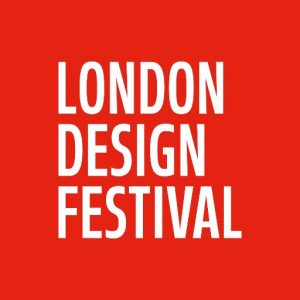
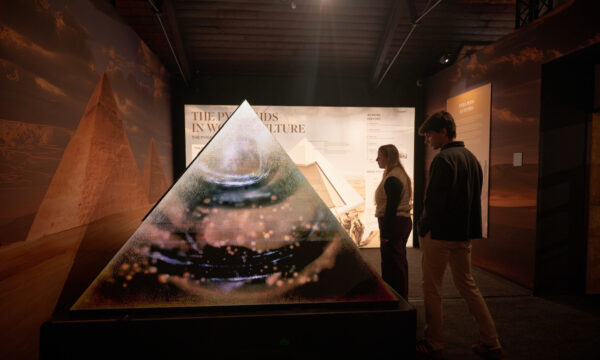
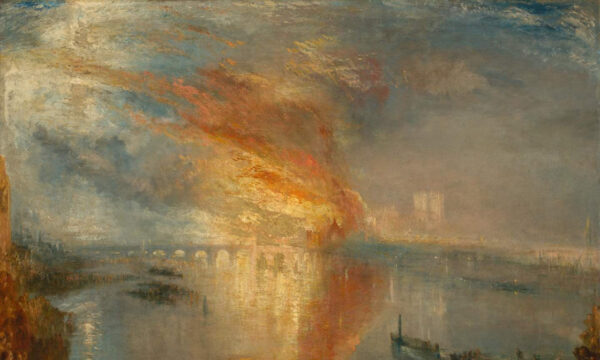

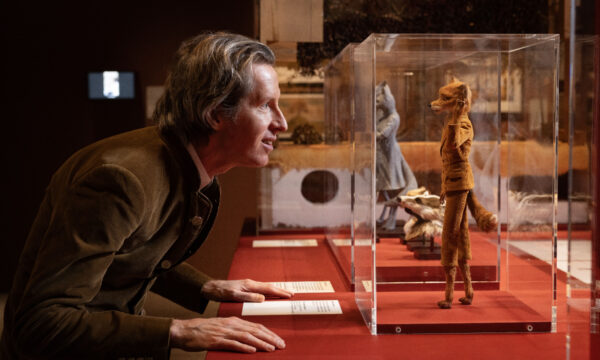
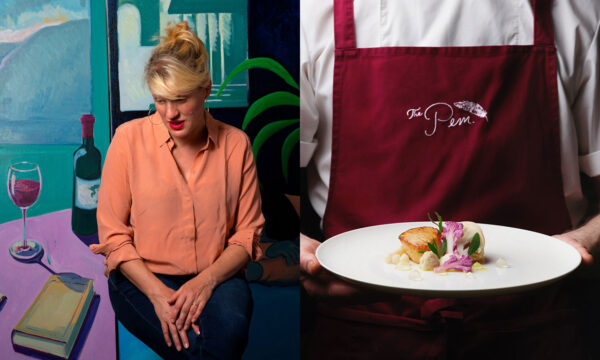
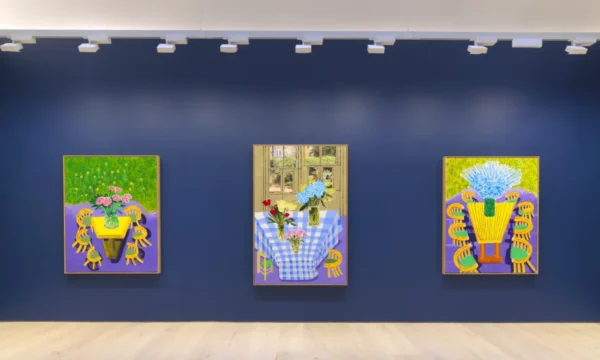
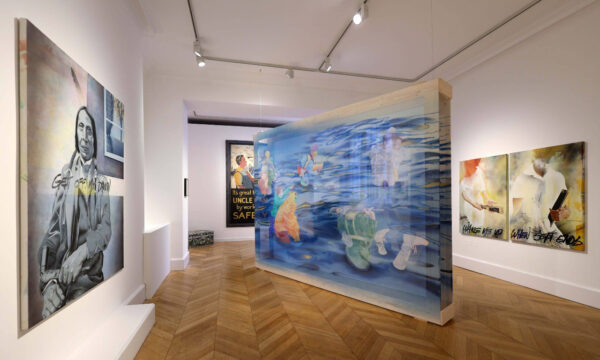
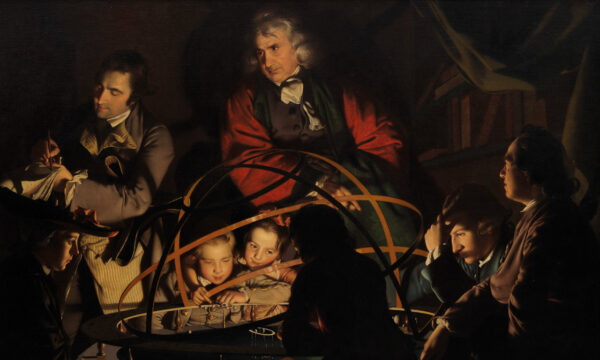
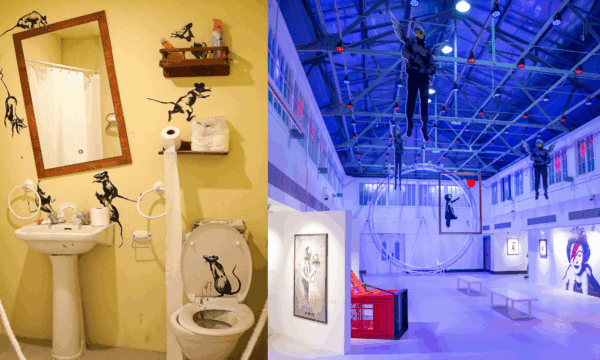
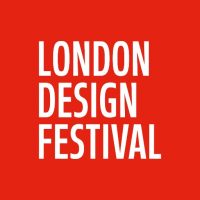

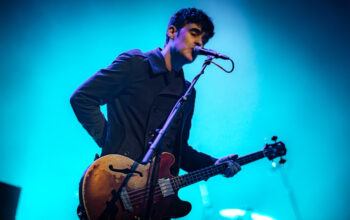
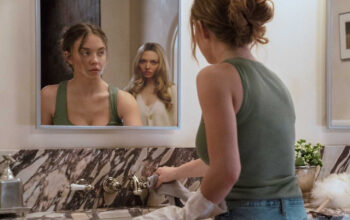
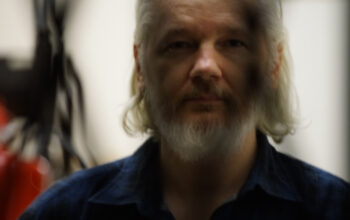

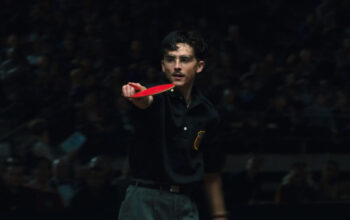



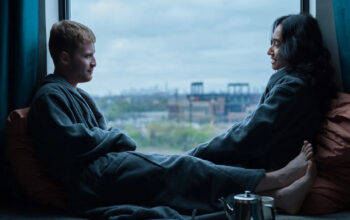





Facebook
Twitter
Instagram
YouTube
RSS